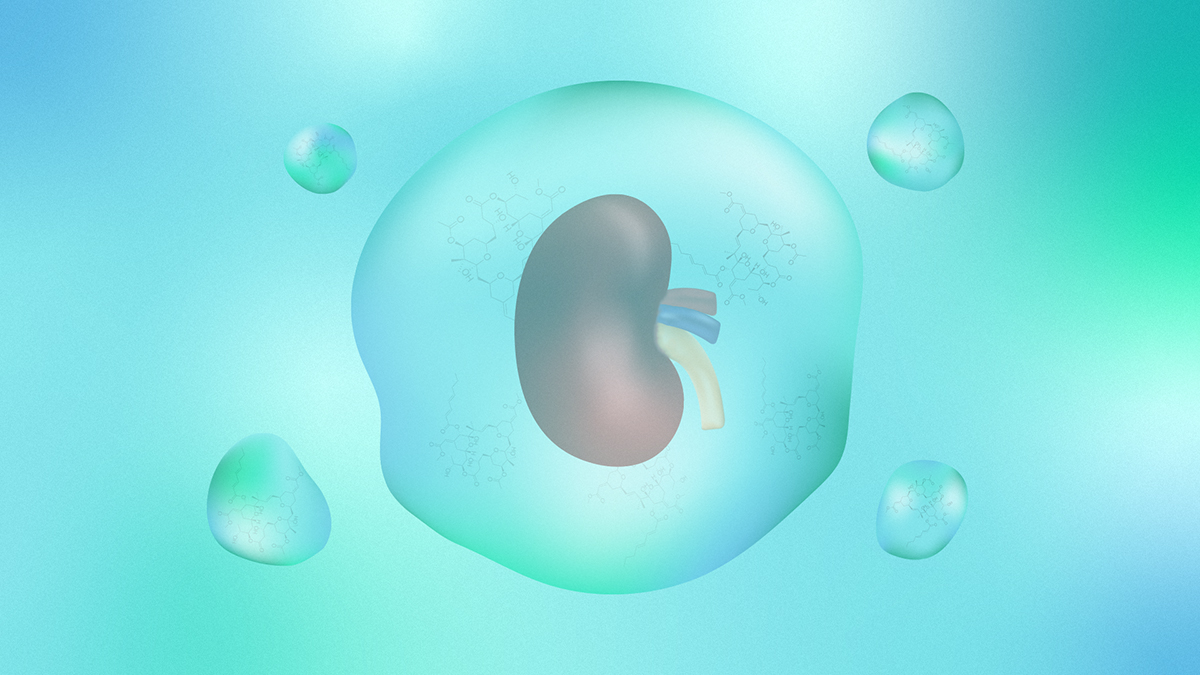Transforming an Invasive Marine Species into a Life-saving Solution for Organ Transplantation
January 18, 2022
Easing the Transition from Donor to Host
LSU Health Shreveport’s Steven Alexander didn’t expect his biggest innovation to come
from a nuisance he’d experienced once or twice during an otherwise nice swim. In harbors
and on rocky reefs all over the United States and around the world, a brown bryozoan
known as Bugula neritina is mucking up the works. Often mistaken for seaweed, Bugula
clings to boat hulls, docks, and pilings to eventually crowd out other lifeforms.
Inside this invasive species, however, lies a natural chemical known as bryostatin.
What Alexander and his team discovered in his lab is that bryostatin can control the
movement of white blood cells, the first responders of our immune system.
White blood cells inadvertently cause damage to transplanted organs as they race to
kill something they see as damaged or foreign. This can occur during organ transport
or once an organ is transplanted into a new host. But what the researchers discovered
is that doctors could use bryostatin to tell the white blood cells “False alarm!”
While the demand for organs is rising, transplant programs all around the world are
severely limited by the number of organs they can get, and how quickly they can get
them. Through a collaboration between LSU Health Shreveport and the Ochsner Transplant
Institute in New Orleans and a joint pilot study on bryostatin, however, more organs
could soon become available.

While all organs suffer as a result of being transferred from donor to host, bryostatin—extracted from a brown bryozoan, Bugula neritina, an invasive marine species—could slow or stop the rapid deterioration that currently limits the geographical reach of all transplant programs.
– LSU
“Our whole industry has this problem with transport and time. A liver, for example, can stay outside a human body in a storage solution for up to 12 hours, but every minute, the quality of that organ gets poorer and poorer. Steve’s studies on bryostatin have been very promising, however. His hard work will likely pay off for our patient population, because we’re now looking at 24 hours with no significant deterioration of the organ. That means an organ could travel from afar to us, and we wouldn’t have to worry.”
Dr. Hrishikesh Samant, hepatologist and liver transplant specialist at the Ochsner Transplant Institute in New Orleans


